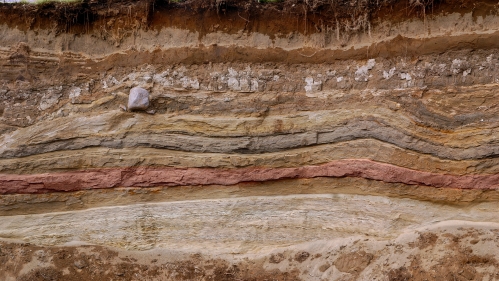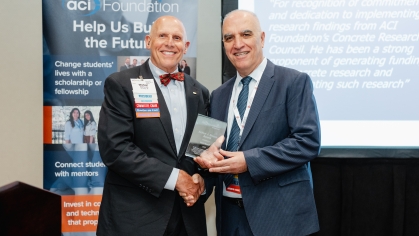Assessing the Resilience of Infrastructure Systems: Meet Assistant Professor Tyler Oathes


Tyler Oathes is an assistant professor in the Department of Civil and Environmental Engineering (CEE). He earned his Ph.D. and M.S. degrees from the University of California, Davis, where he focused on geotechnical engineering and taught several courses.
His CEE lab works to understand the seismic and static behavior of geosystems and reducing the hazards they pose to society. It uses both experimental and numerical methods to investigate case histories and field studies and incorporate technological advances to further the understanding of geotechnical system response.
Four Questions for Assistant Professor Tyler Oathes

What fueled your passion for Civil and Environmental Engineering?
It stems from my interest while growing up near Portland, Oregon in the large and unique structures and infrastructure systems – such as the Space Needle, bridges of different designs, and large dams – I saw in person or in pictures.
Specifically, I became interested in geotechnical engineering as I was drawn towards the way that it straddles the line between an art and science.
In geotechnical engineering, less than 1% of the soil involved is visible, depending on the number of boreholes used in a project. This relative lack of data requires an interpretation based on judgment, experience, and the geology of how the subsurface might look.
The science applies the art to understanding how the uncertainties and individual judgment could influence the design of a project.
Each project introduces unique challenges for which there may be no perfect solution. Solving these problems requires leveraging both fundamental scientific knowledge as well as creativity and engineering judgement.
What are some of your current research projects?
My research focuses on connecting fundamental soil behavior to the seismic and static system level performance of geosystems. Some current projects include investigating the seismic behavior of plastic silts and clays; modeling the influence of ground water on the long-term stability of earthen structures; and developing constitutive models for modeling the behavior of plastic soils.
Who will benefit from your research?
This research is applicable to a large range of infrastructure systems, from pipelines and dams to highways and ports, that are subjected to seismic and static hazards, as well as to regions prone to landslides.
It will help to contribute to the assessment of risk and resilience of infrastructure systems subjected to changing conditions due to climate change, as well as help to mitigate the hazards posed to communities.
An example of this is my prior work investigating the 2019 Feijao Dam failure in Brazil. This work not only investigated the potential causes and mechanisms of that catastrophic failure, but also used knowledge gained from these analyses to assess how we can adapt analysis methods to limit the potential for similar failures.
Will Rutgers students contribute to your research?
Graduate students at the Ph.D. or M.S. levels who are interested in geotechnical engineering – both computational and experimental – are always welcome to join my team. There are opportunities for interested undergraduate students to be involved in my lab’s ongoing research. I encourage any interested students to reach out to me via email or to stop by my office.


